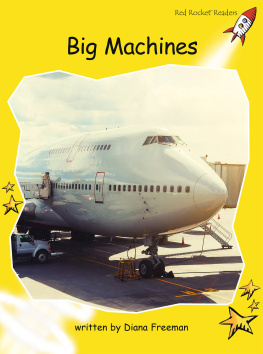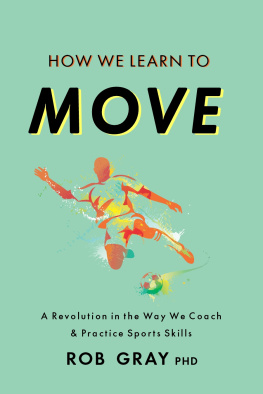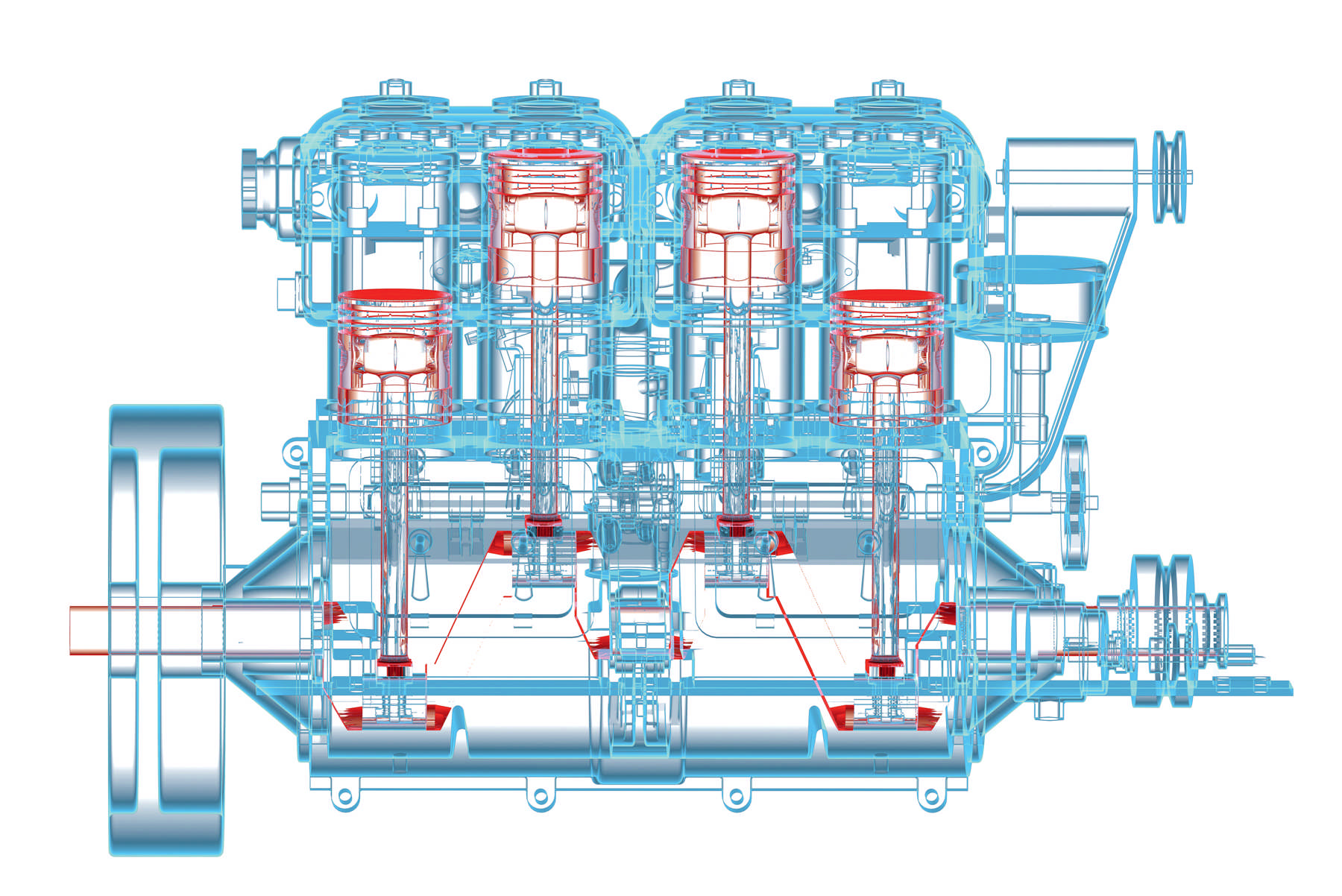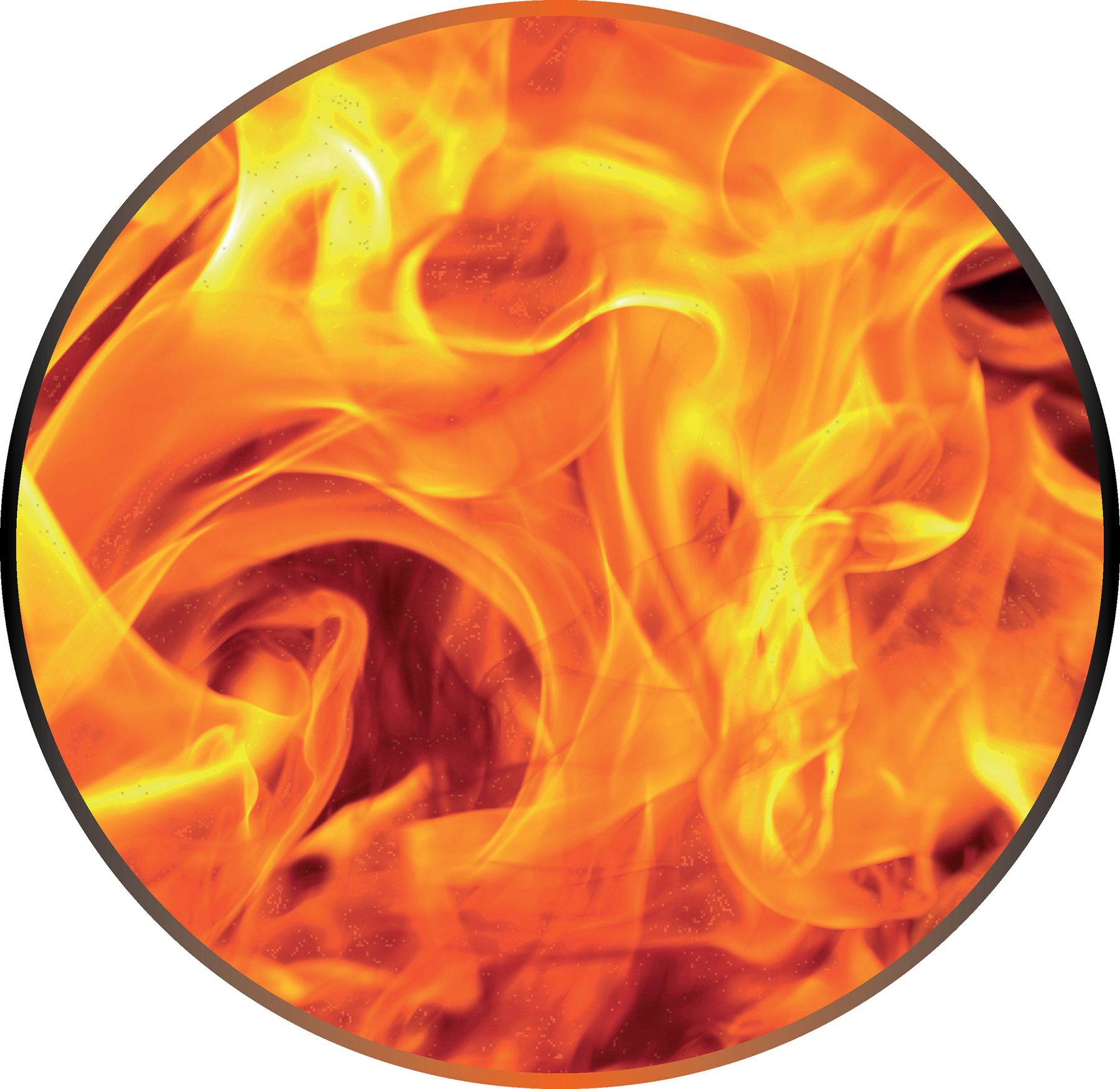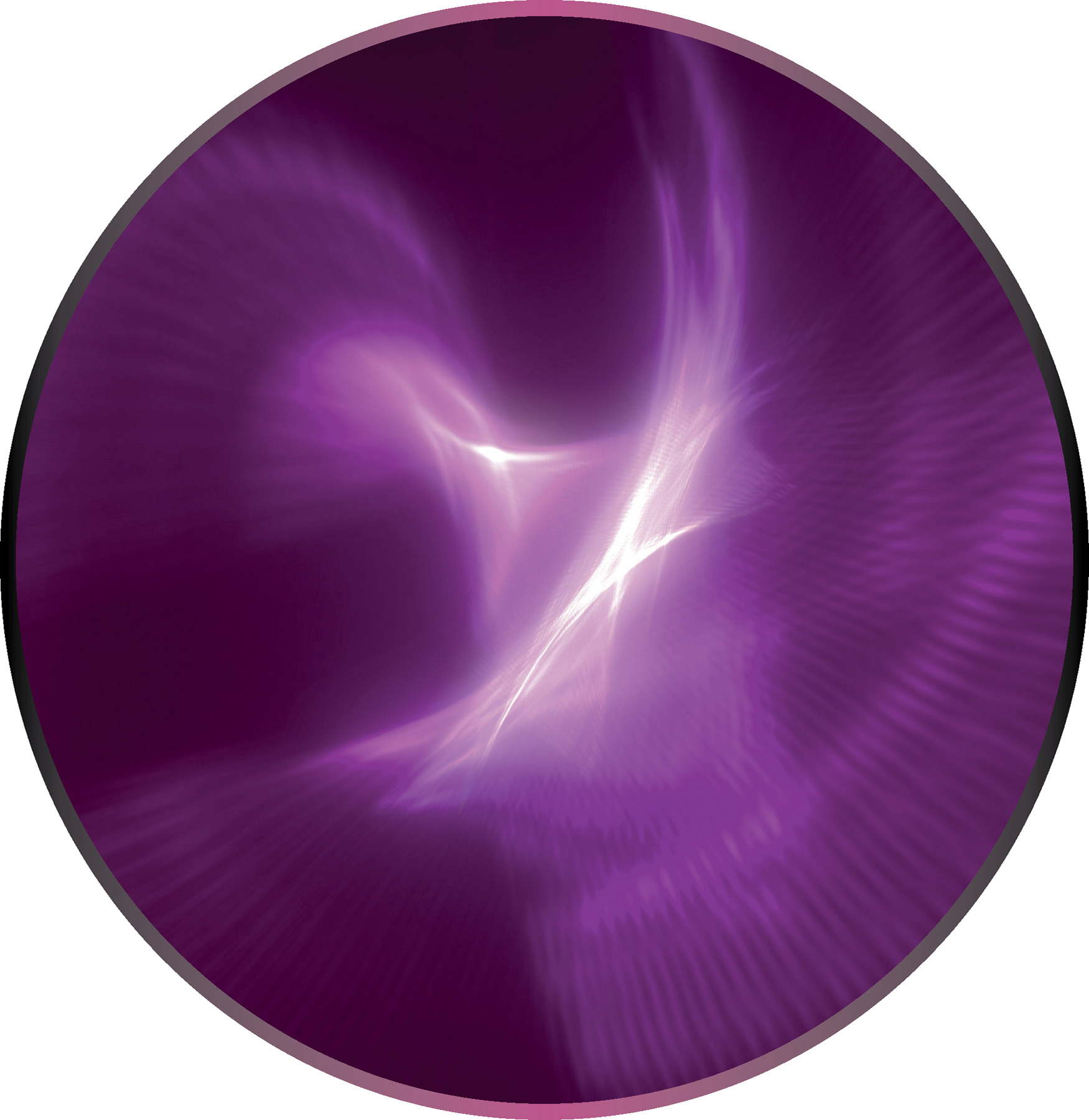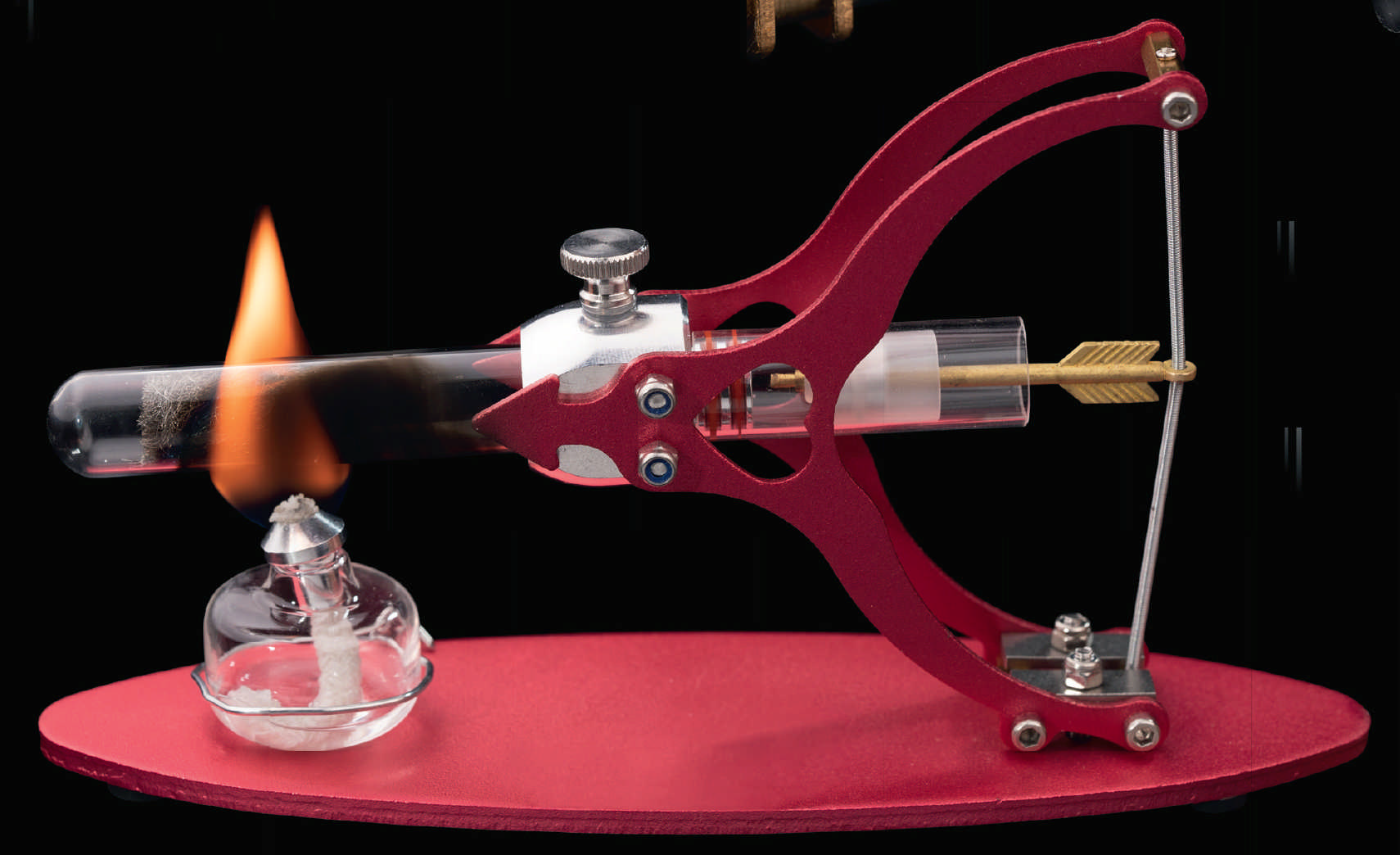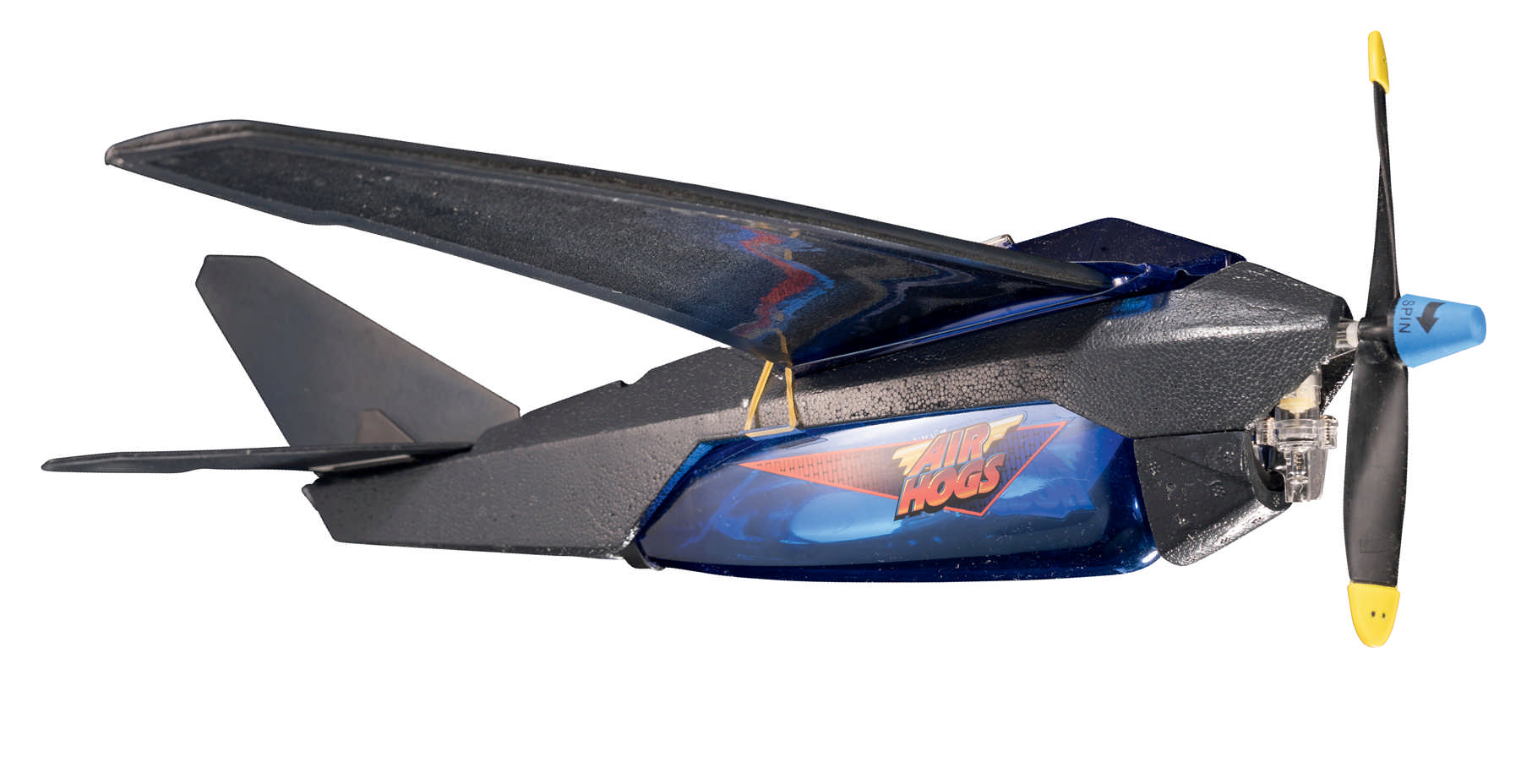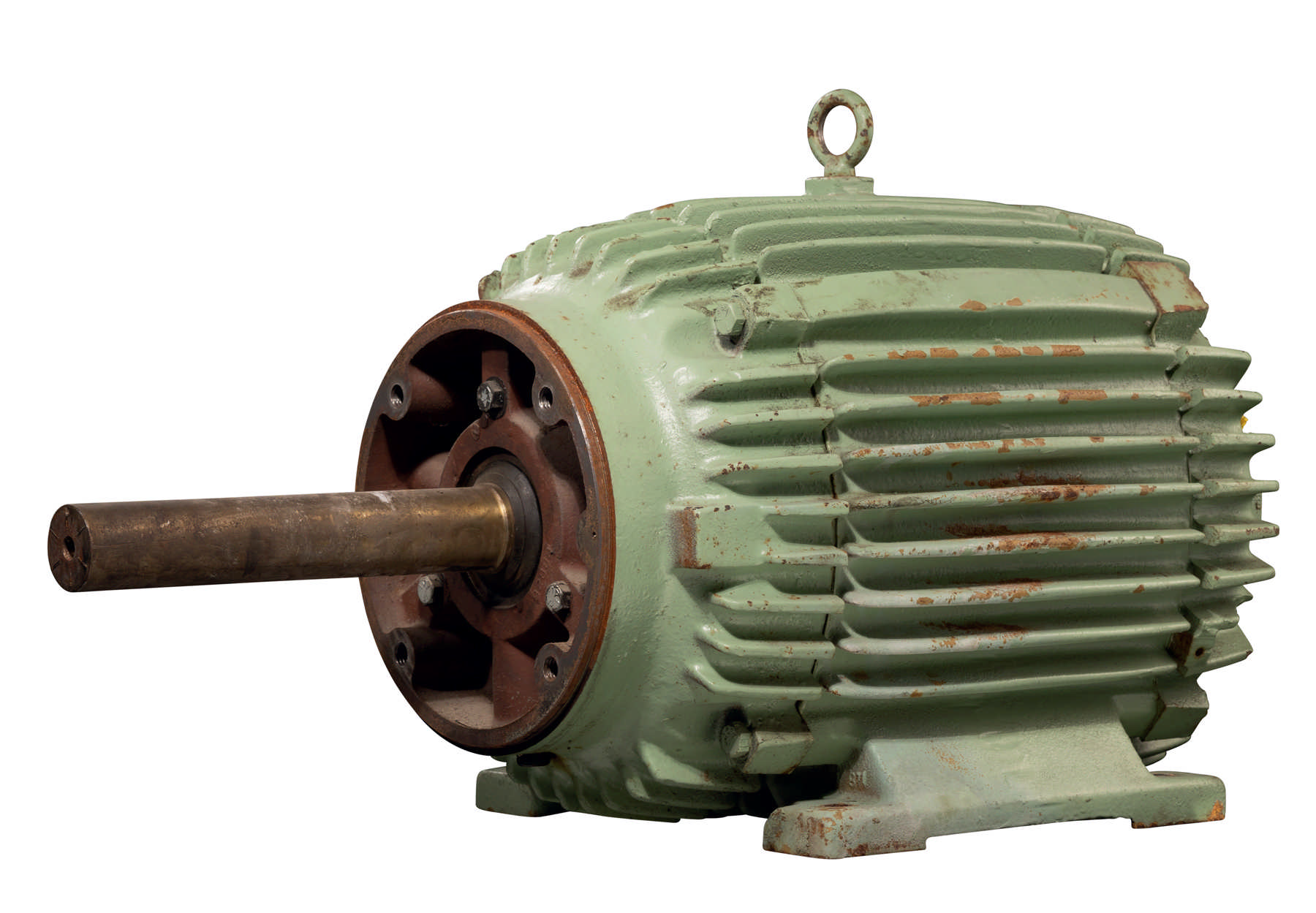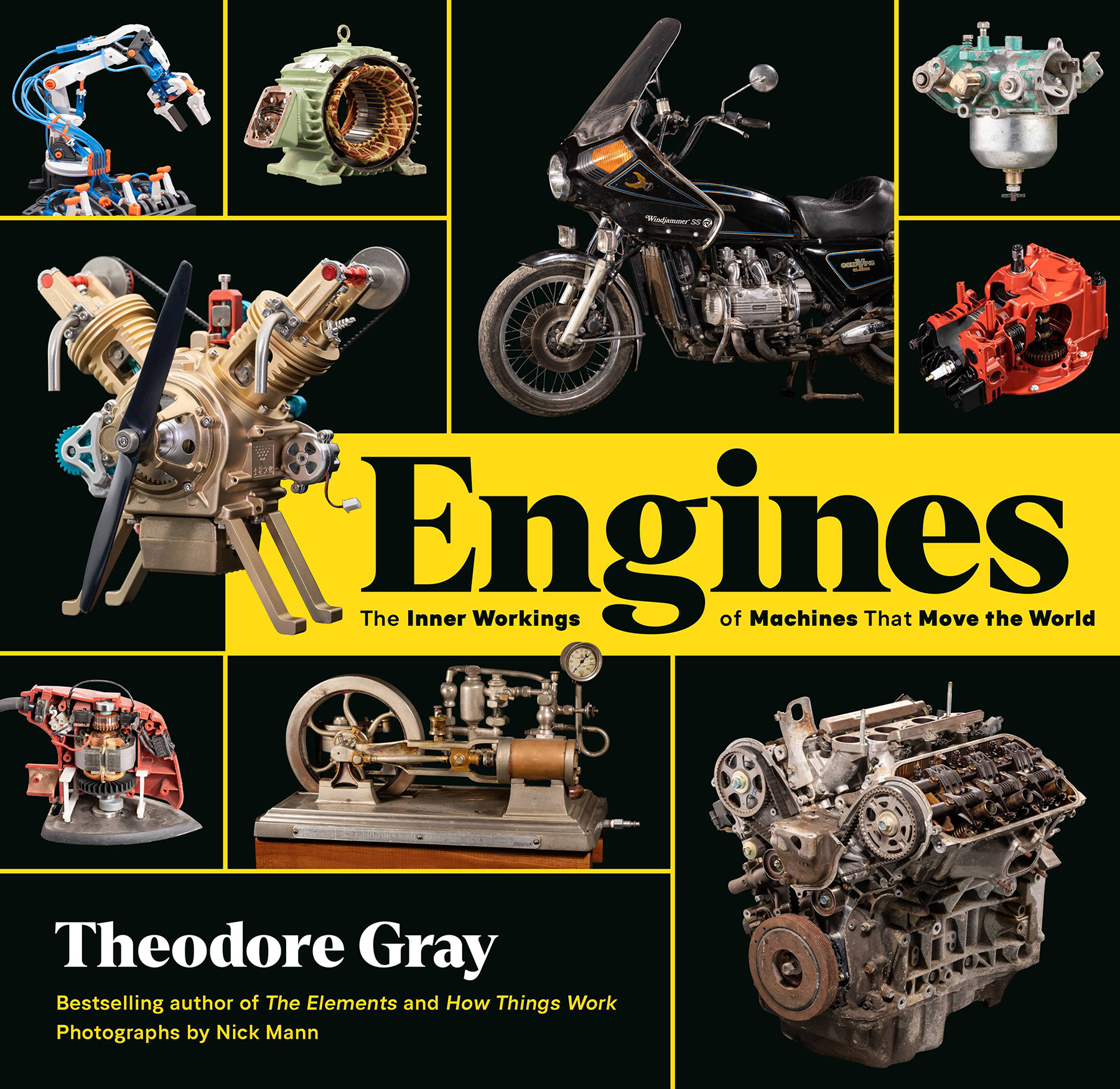
Copyright 2022 by Theodore Gray
Jacket design by Katie Benezra
Jacket photographs by Nick Mann
Jacket copyright 2022 by Hachette Book Group, Inc.
Hachette Book Group supports the right to free expression and the value of copyright.
The scanning, uploading, and distribution of this book without permission is a theft of the authors intellectual property. If you would like permission to use material from the book (other than for review purposes), please contact permissions@hbgusa.com. Thank you for your support of the authors rights.
Black Dog & Leventhal Publishers
Hachette Book Group
1290 Avenue of the Americas
New York, NY 10104
www.hachettebookgroup.com
www.blackdogandleventhal.com
First Edition: October 2022
Black Dog & Leventhal Publishers is an imprint of Perseus Books, LLC, a subsidiary of Hachette Book Group, Inc. The Black Dog & Leventhal Publishers name and logo are trademarks of Hachette Book Group, Inc.
The publisher is not responsible for websites (or their content) that are not owned by the publisher.
Additional copyright/credits information is .
Print book interior design by Matthew Riley Cokeley & Kevin Beard
Library of Congress Cataloging-in-Publication Data
Names: Gray, Theodore W., author. | Mann, Nick, photographer.
Title: Engines: the inner workings of machines that move the world / Theodore Gray; photographs by Nick Mann.
Description: First edition. | New York: Black Dog & Leventhal Publishers, Hachette Book Group, 2022. | Includes index. | Summary: International best-selling author Theodore Gray, whose Elements Trilogy has sold more than 1.5 million copies, now turns his irrepressible curiosity, wonderful wit, and inimitable photography to the world of engines in this visual exploration of everything from the first steam engines to giant turbines to tiny electrical enginesProvided by publisher.
Identifiers: LCCN 2021026205 (print) | LCCN 2021026206 (ebook) | ISBN 9780762498345 (hardcover) | ISBN 9780762498321 (ebook)
Subjects: LCSH: EnginesPopular works. | MotorsPopular works.
Classification: LCC TJ250 .G69 2022 (print) | LCC TJ250 (ebook) | DDC 621.4dc23
LC record available at https://lccn.loc.gov/2021026205
LC ebook record available at https://lccn.loc.gov/2021026206ISBNs: 978-0-7624-9834-5 (hardcover), 978-0-7624-9832-1 (ebook)
ISBNs: 9780762498345 (hardcover), 9780762498321 (ebook)
E3-20220825-JV-NF-ORI
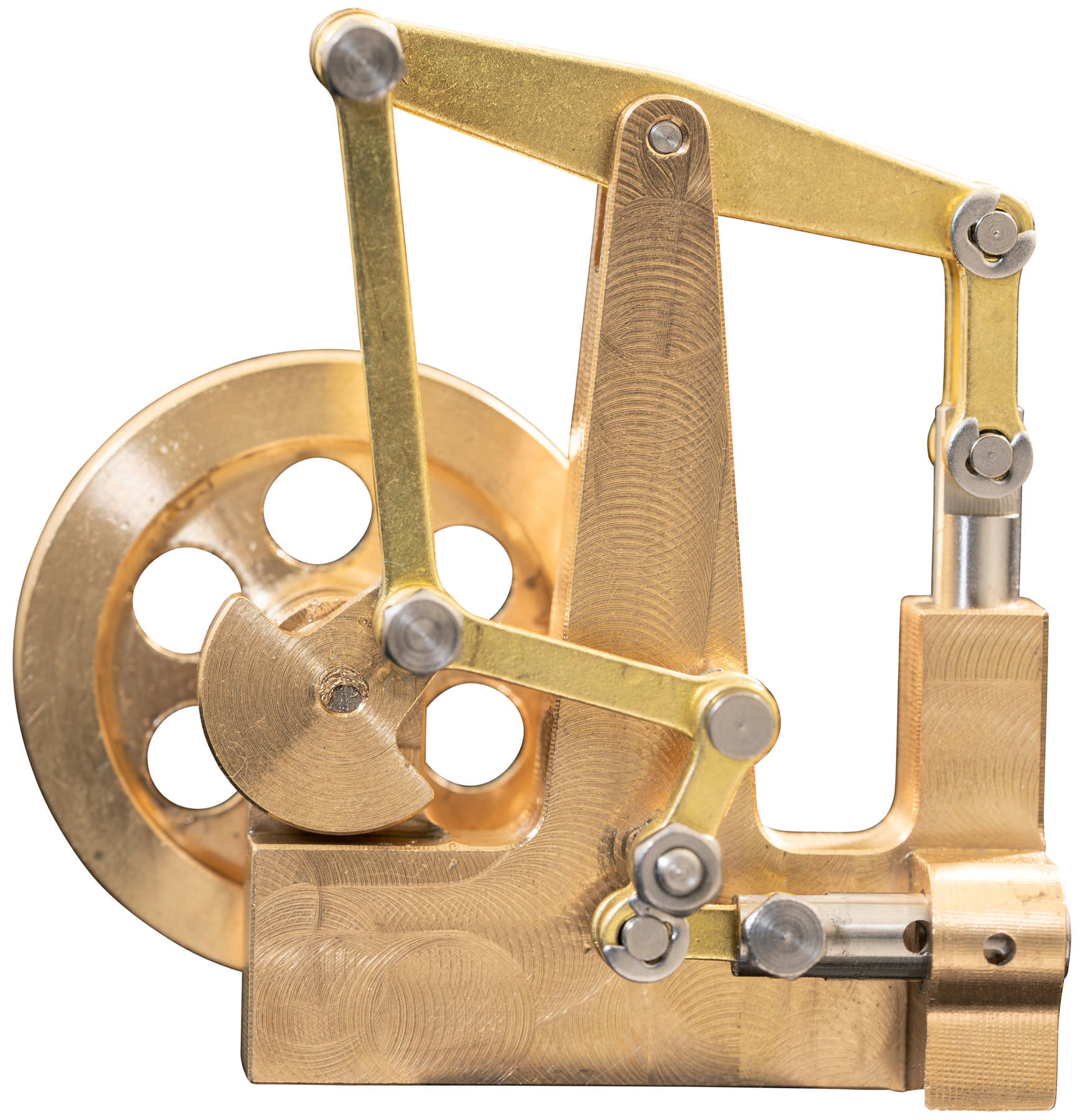
Steam engines are oldthey were the first real enginesbut they are also new. A lot of our electricity is still produced by steam turbine engines powered by nuclear reactors, coal, or natural gas.
ENGINES HAVE FREED us from the limits of human and animal labor. From a diesel engine the size of a small apartment building, to a piezoelectric motor so small a surgeon was able to thread it through the arteries in my heart, engines push us far beyond the limits of mere human ability. No human is as strong as even a modest electric motor. No human can move as fast, as accurately, or as tirelessly as the hundreds of motors we encounter in daily life. Yet they are so commonplace we take them for granted. Some we even treat as disposable, throwing them away when the batteries run out!
Its impossible to overstate how dependent we have become on engines and the power that flows through them. On average each of us has the equivalent of about a dozen horsesabout 10 kilowatts of average continuous power useworking for us twenty-four hours a day, seven days a week. Some is delivered directly in the form of heat (for example, by burning oil or gas), but the rest is fed into or through one form of engine or another.
No matter the type, engines operate by converting energy from some available sourceelectricity, sunlight, wind, gasoline, natural gas, oil, geothermal heat, and so oninto forceful mechanical movement, usually rotational movement.
In this book we will explore the huge and tiny, simple and complex, fast and slow, noisy and silent, dirty and clean, but always fascinating world of engines. We will look deep inside them to learn how they work, and well look outside and around them to appreciate how they have changed the world.
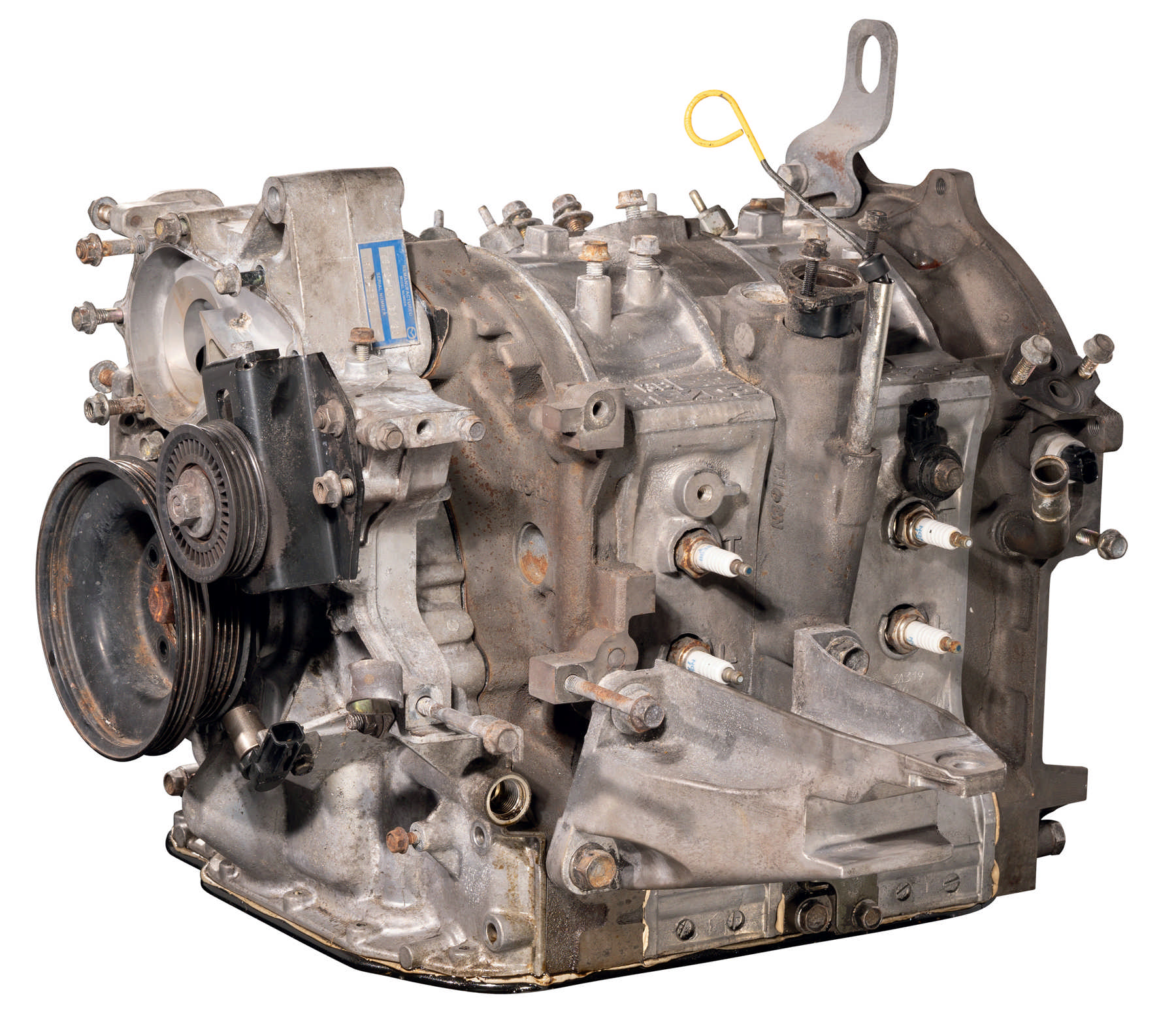
Internal combustion engines can be the size of an apartment building, or smaller than a large strawberry.

Electric motors can be heavy cast-iron brutes able to run for years in harsh environments and sustain a collision with a forklift, or cheap toys you can buy for the price of a pack of gum.
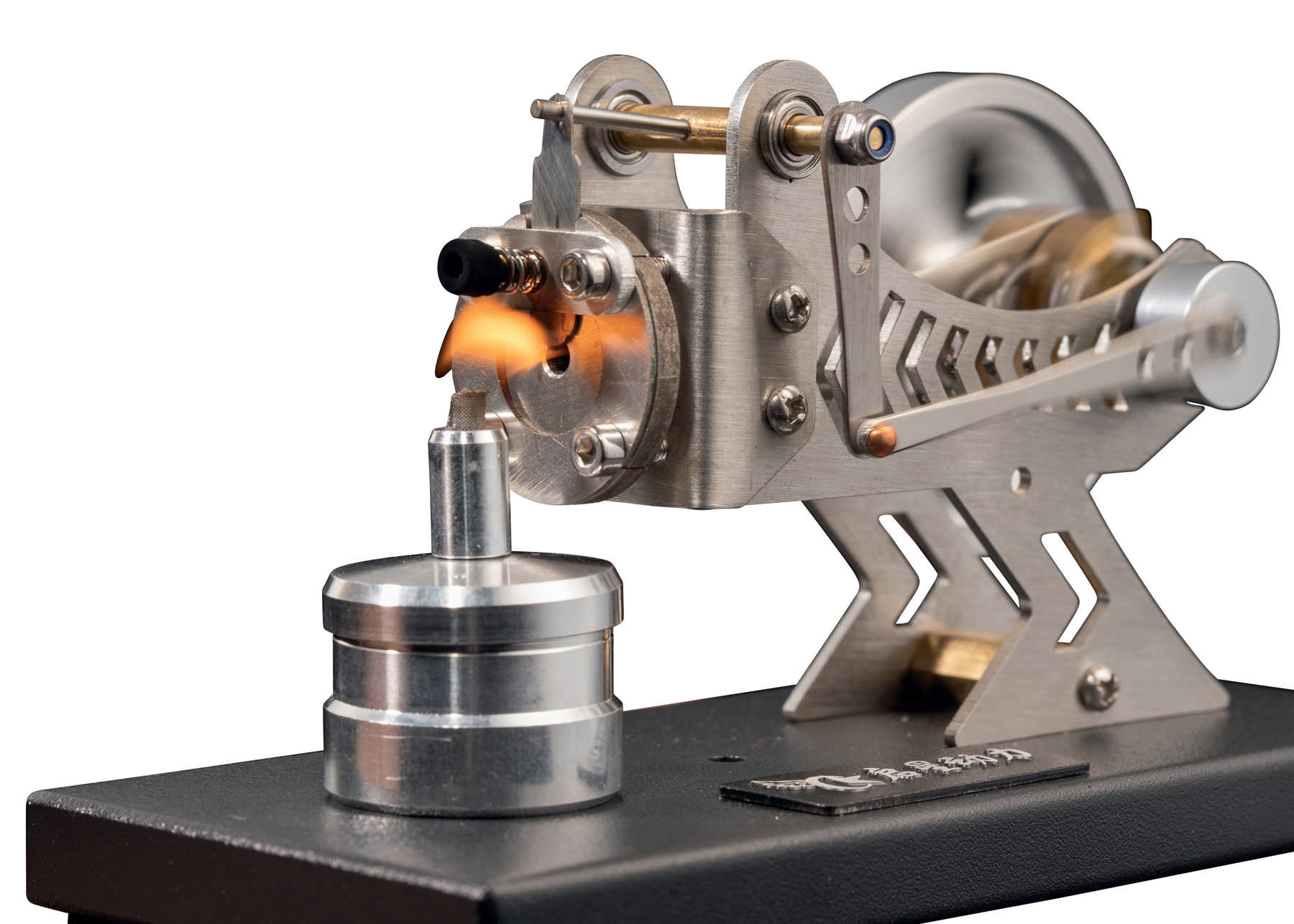
There are a million different ways to build an engine and it seems like people have tried just about every one.
Whats the Difference Between an Engine and a Motor?
THERE ISNT ONE. Although we typically say car engine or electric motor, for all practical purposes these words are interchangeable, and I can prove it to you in one sentence:



